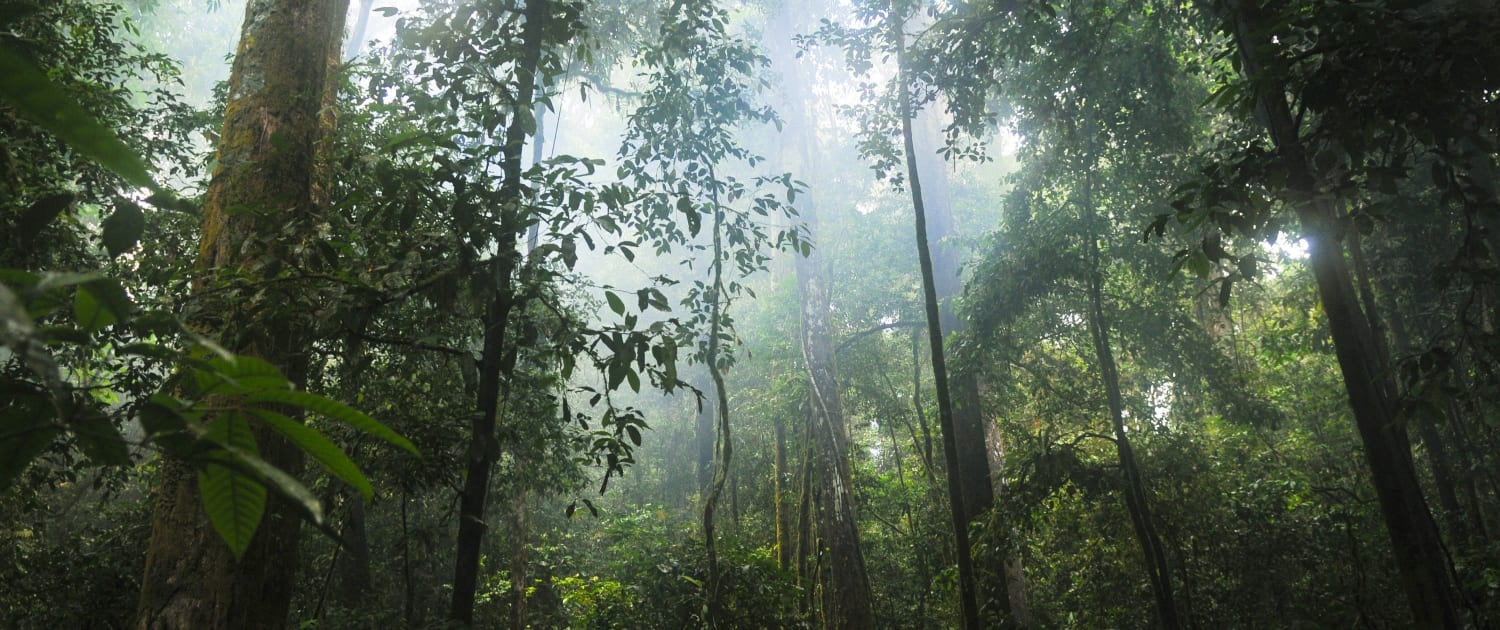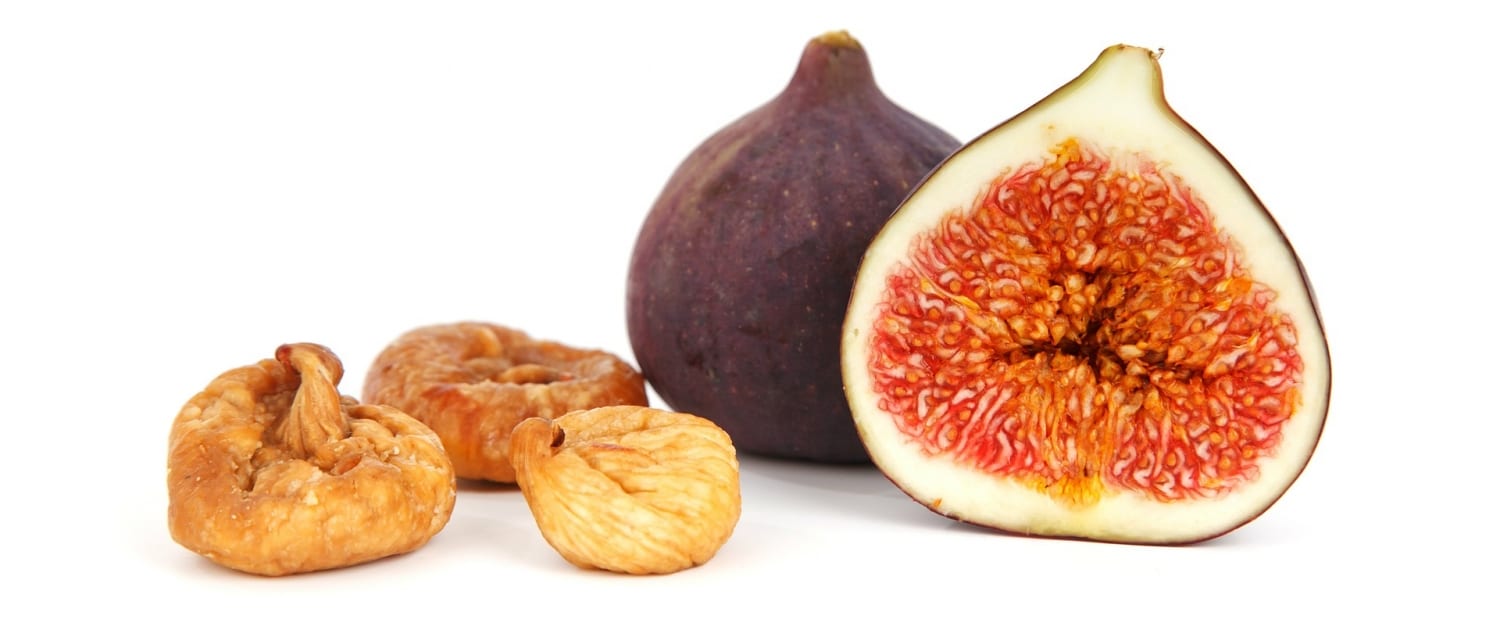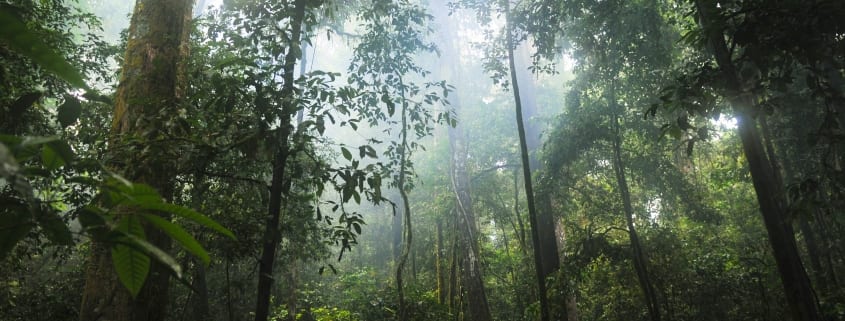The Trees Aren’t Paranoid. There is Something Out to Get Them.
Ever see a field guide to the trees of North America? They’re hefty, with lots of pictures or drawings of elms, poplars, spruces, maples and such.
But have you ever seen a field guide to trees of a tropical region, such as the Chocó or the Congo Basin? I haven’t. And you know why?
Because it would be massive. Like… unpublishable.
The Sibley Field Guide to Trees of North America covers over 600 species. 426 pages.
A Field Guide to the Families and Genera of Woody Plants of Northwest South America? 920 pages. And it only covers families and genera — not even every specific species.
Ecologists and naturalists have long known that tropical forests are home to a higher tree diversity than temperate forests. This makes sense — tropical ecosystems often have higher species diversity.

Look at all those different species!
But, as the authors of a new paper (whose findings I’ll get to) start off by saying, the ecological work of drift and species competition tends to reduce diversity in individual ecosystems.
To oversimplify:
Drift refers to what will happen in a population as it reproduces. Dominant traits become more prevalent and recessive traits become less prevalent. (Everyone remembers their high school biology class?) So dominant traits tend to win out and replace recessive traits, and the overall diversity of a population decreases.
Species competition is when two species who use the same resources, or occupy the same niche, compete until one species wins and the other moves elsewhere or goes extinct. So, by eliminating one of those species, competition reduces diversity.
These two phenomena should mean that in individual ecosystems, one species should dominate each niche, with maybe a few other rarities present. This is true in both tropical and temperate ecosystems. The tropics have higher biodiversity despite this (at least in part). Tropical areas have more isolated ecosystems per area and more resources, leading to more niches in those ecosystems.
But why are some individual ecosystems in the tropics home to upwards of1,000 tree species?
You would think, based on the processes of drift and competition, that one or even a few species should dominate tropical forests. Not so fast.
“In the tropics, all of the tree species appear to have a similar competitive advantage,” says Taal Levi of Oregon State University, lead author of a recent paper describing an explanation to this staggering diversity. “There is an abundance of species, but few individuals of each species… there has to be a mechanism that keeps one species from becoming common, becoming dominant.”
Turns out, such a mechanism does exist.
The paper describes how microorganisms — sometimes fungi and arthropods — who live in the soil around trees target the seeds of individual tree species. As the trees drop seeds, these microorganisms attack them. But they only attack the seeds of that one species. They don’t care about seeds from other species.

See those little seeds in that fig? They don’t stand a chance against a fungus.
But these creatures live in “rings” around the trees in question, not everywhere. So if a tree’s seeds happen to end up further away, such as after a ride on the wind or a bird, they can germinate and grow, no problem. Of course, those seeds are less numerous than the seeds that fall to the ground near the parent tree. Those apple-fell-not-so-far-from-the-tree seeds? Murdered by a fungus.
These specialized microorganisms can prevent individual species from taking over an ecosystem. And this could explain the sky-high tree species diversity even over small areas of tropical forests. No one species can gain a foothold on domination because dropping a whole bunch of seeds nearby won’t do anything. This theory was actually first proposed almost 50 years ago, by ecologists Dan Janzen and Joseph Connell. But this new paper provides concrete evidence backing them up.
So don’t worry trees, the tropical forests are all for you. What would they be without you? But if you think something is out to get your seeds…
Yeah. Something is. But it’s making those ecosystems all the more interesting.
Author Note: One of the co-authors of this paper, John Terborgh, is a member of Rainforest Trust’s Council.





